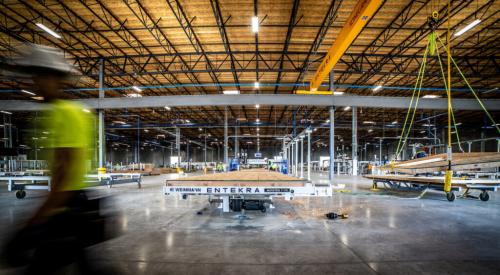Avi Friedman, architecture professor and co-founder of the Affordable Homes Program at McGill University, says that community planning, home design, and construction are facing “challenges of philosophy and form.”
Friedman offers a blueprint for how housing can meet 21st century economic, environmental, and cultural realities, referencing his Grow Home project was first designed in the 1990s to primarily address cost reduction: making the structure smaller, simpler, use less land, and attach the home to others in a row to reduce energy costs, and form a denser community, he writes for CityLab. “The units were offered with unpartitioned space (i.e. no walls on the upper level), hence the ‘grow,’ for those who wish to complete that space when means become available.” The Grow Home design also required high quality materials and appearance, so that homebuyers would have greater control and confidence over what their home would have, what they can afford, and how it looks.
The quality of building products has significantly improved but not the basics of constructing a home. In fact, monetary investment in research and development in the homebuilding industry is minimal compared to that invested in industries like electronic, automotive, or pharmaceutical. The reason? Lack of industry interest, market pull, and failure to address new emerging social circumstances creatively.












